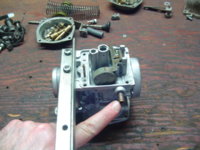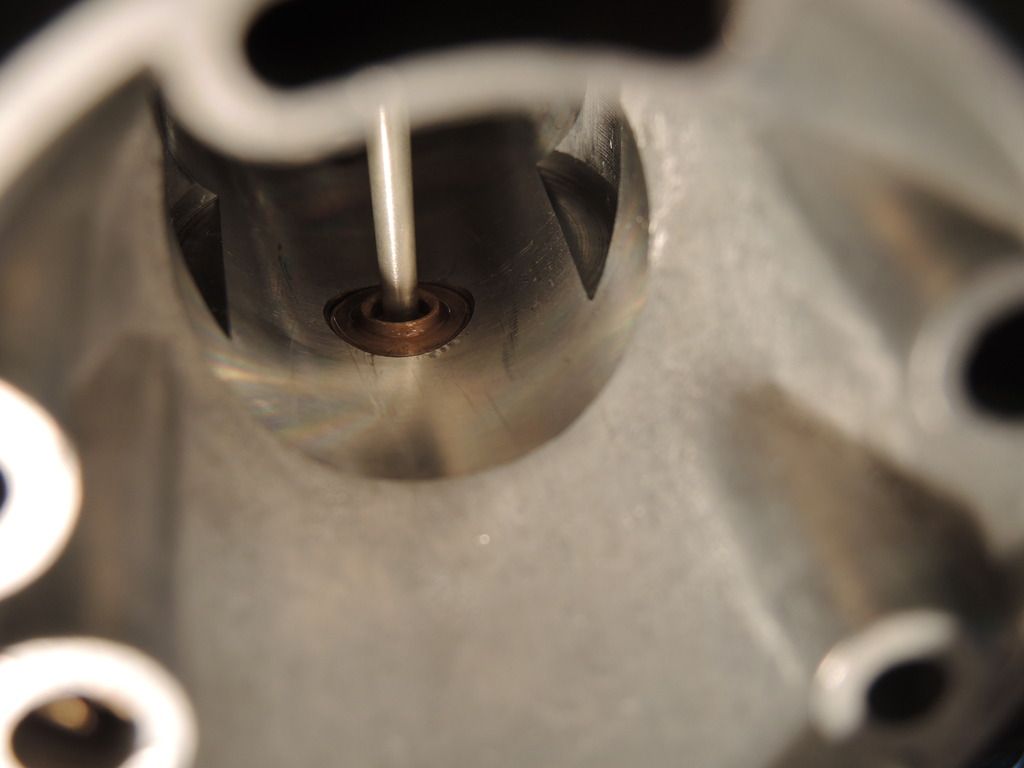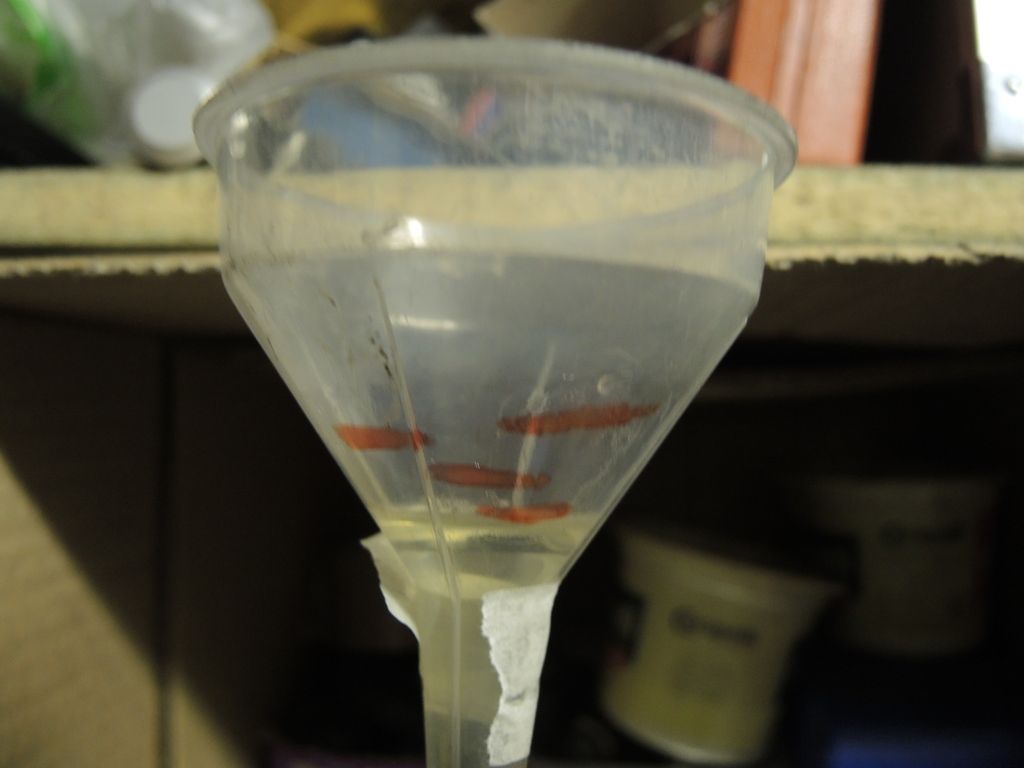Okay. I'll be the first to admit I don't always grasp the concept but please explain to me the value of using plastic tube to verify that the carbs are overfilling? If I was actually trying to ascertain the correct fuel, I could understand the rationale. But as the fuel level just keeps rising until it overflows, I'm not sure what I would be reporting back. Did you actually read my original; post or perhaps you found the long words confusing?.
@Fentible I'll try to ignore your flippant attitude yet again, and I'll continue to share with everyone who views this thread some of the 40+ years mechanical experience and some of the lessons I've learned. But let's be clear: You @Fentible are the one asking for, and obviously needing, help with your bike. I certainly have nothing to gain from this discussion, other than being the recipient of your attitude and insults. I don't owe you anything. It's certainly not like you've been valuable or contributed in the 3 years you've been a member, with only 65 posts (as of this point). You appear to only come here with your hand out asking for help, and don't return the courtesy. You are a leach, so cut the BS.
Carrying on with the problem at hand. You've set the float levels as per the manual, with the carbs upside down and measuring with a ruler or callipers. To the best of your ability, which you @Fentible have previously documented. If done correctly, that is fine for a stock bike with all new and/or serviceable parts. Now, you install the carbs on the bike. Is the bike stock and in like new condition? Have the front springs collapsed some? Are the clamps lowered on the forks to give a sporty rake to the bike? Taller shocks in the rear? Larger diameter rear tire? Smaller diameter front tire? Gas tank moved higher? Is the pressure vent valve in the gas cap functioning correctly? What is the specific gravity of the gasoline you are using? What is the vapour pressure of the gasoline? What is the temperature of the gasoline? Anything else that may have changed the positioning of the carbs or the fuel pressure at the needle seats?
Now, considering all those factors, what is the actual fuel level in the float bowls? You don't know. Got it? You DON'T know. What you do know is that it is high enough flood the engine. If the carbs are perfectly level, then you need to look at the floats, their adjustment, the needles and seats, and the gas cap. But, are the carbs perfectly level?
 Are the carbs tipped lower towards the engine? Probably, based on your previous descriptions, but that is just a guess. Regardless, this is why the actual fuel level in the float bowls needs to be determined. Once you know the actual fuel level, you can then determine the correct action. It may be as simple as lowering the fuel level 1 or 2 mm by adjusting the floats correctly.
Are the carbs tipped lower towards the engine? Probably, based on your previous descriptions, but that is just a guess. Regardless, this is why the actual fuel level in the float bowls needs to be determined. Once you know the actual fuel level, you can then determine the correct action. It may be as simple as lowering the fuel level 1 or 2 mm by adjusting the floats correctly.Can we stop with personal attacks now and stick to fixing bikes?









